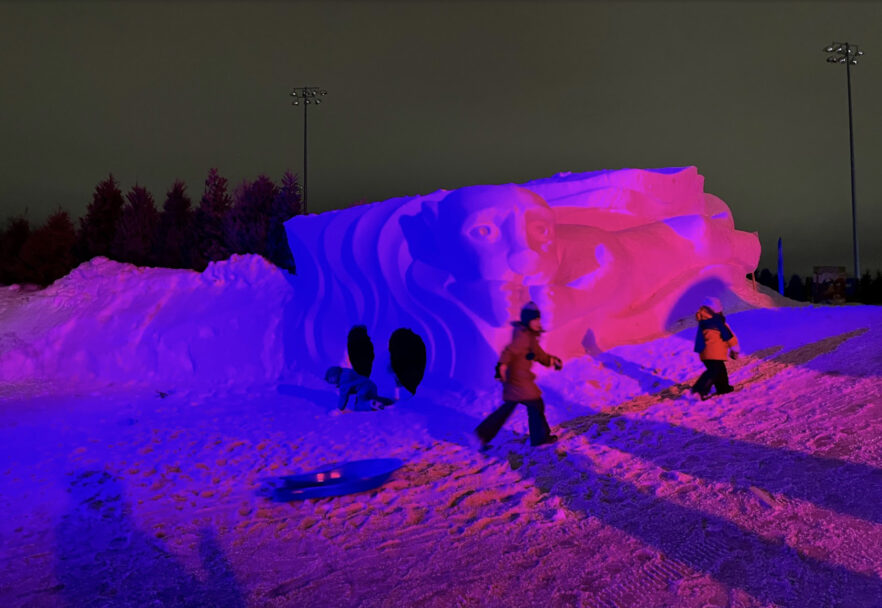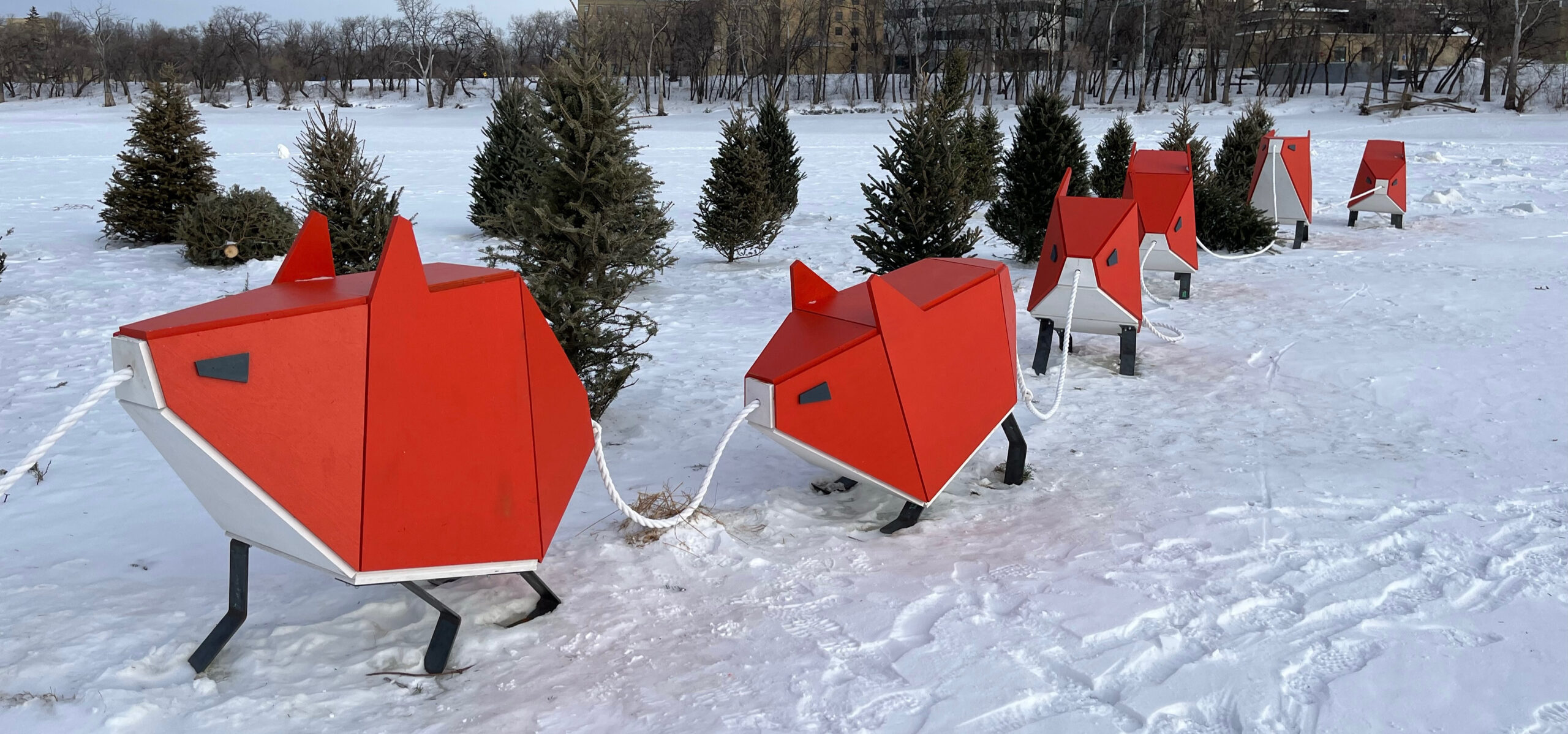Isla Tanaka is a planner and urbanist who loves winter. She is the Winter City Planner for the City of Edmonton, and she sits on the board of the international Winter Cycling Federation. Isla holds a Master of Natural Resources and Environmental Studies degree from the University of Northern British Columbia. She has given presentations on winter life and design in North America, Asia and Europe, and helped plan international winter cities and winter cycling conferences. She can also be found in a canoe in all seasons — whether on a lake or river, or hurtling down a ski hill in the local Flying Canoë Volant races in February.
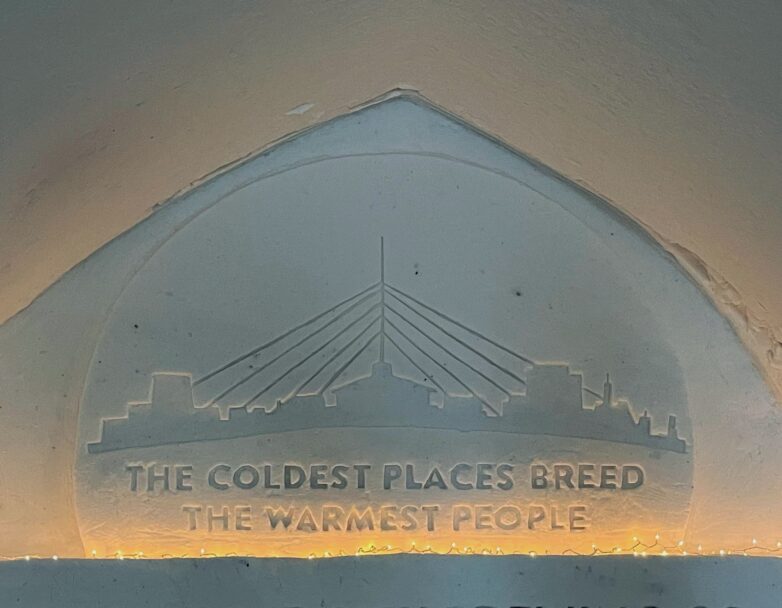
From February 15–17, delegates gathered in Winnipeg to celebrate winter cities. The Winter Cities Shake-Up was back! I was honoured to represent Edmonton and share our journey of embracing winter in our city. This was a great opportunity to forge relationships with city builders from other winter cities and bring back ideas to make our winters even better.
Travel Manitoba and Winnipeg Tourism welcomed 150 speakers and delegates from across the country, and as far as Fairbanks, Alaska and Copenhagen, Denmark. We were treated to Friendly Manitoba hospitality throughout the three days: a warm mulled drink welcome by The Scandinavian Cultural Centre of Winnipeg and Winnipeg Trails at The Forks; toe-tapping jigging tunes by local Métis musical group Double the Trouble at the Winnipeg Art Gallery-Qaumajuq; and fresh beignets at RAW:almond, a restaurant on the frozen Assiniboine River.
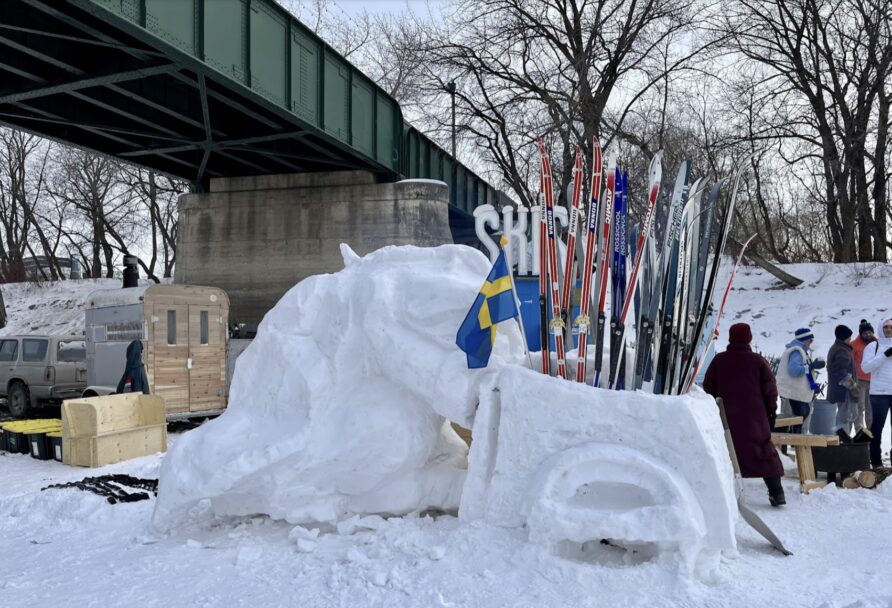
The three-day conference offered presentations and field trips on winter design, winter business and winter fun.
Winnipeg is famous for its Warming Huts: An Art + Architecture Competition on Ice, which attracts entries from around the world. The winning designs are installed on the Nestaweya River Trail every winter. “While not all the huts are warm, they invite exploration and fun,” explained Peter Hargraves, architect and competition founder. The key is spacing, Hargraves has found. Movement is what keeps people warm in winter, so having the next warming hut visible invites people to walk/skate/roll from one to another. Not only are they a place to find shelter, but the activity of getting from one to the other helps people to generate their own warmth.
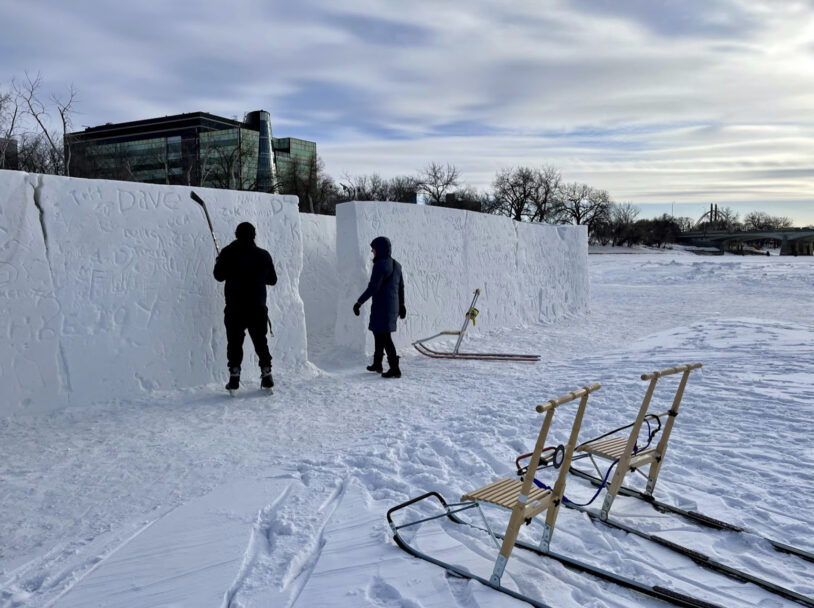
The world’s largest snow maze is found just outside Winnipeg and it’s a-maz-ing! Built by the family that owns A Maze In Corn, the maze is built entirely of snow and has five “huts” for seekers to find, each with a different theme. These folks, truly, are snow architects. As well as the maze, a tobogganing hill, a huge slide and an ice bar, this year they have also built The Den, a restaurant made entirely of snow and ice. Conference participants were given a behind-the-scenes tour of The Den. The table tops are made of ice cut from the Red River, and the seats are simply logs from local trees. It is a marvel of design, business and fun.
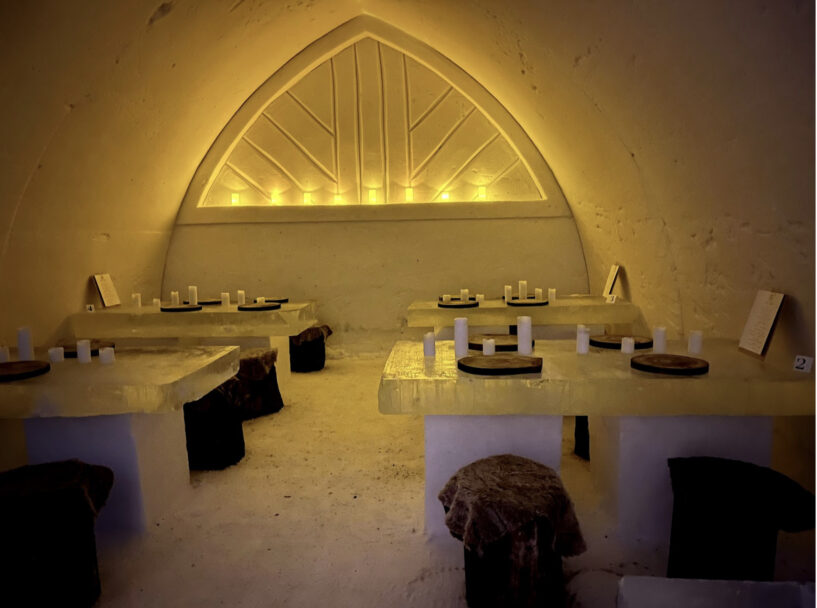
Another new winter attraction in Winnipeg is the Exchange District’s arts festival, Lights on the Exchange – Allumez le Quartier. The Exchange District has been declared a National Historic Site because of the number of intact, early 20th century warehouses, financial institution buildings and early terracotta-clad skyscrapers. These buildings provide a canvas for multimedia artists to create engaging works. “This festival is creating a new winter tourism draw and expanding the stories that are told about our city,” explained David Pensato, Executive Director of the Exchange District Business Improvement Zone.
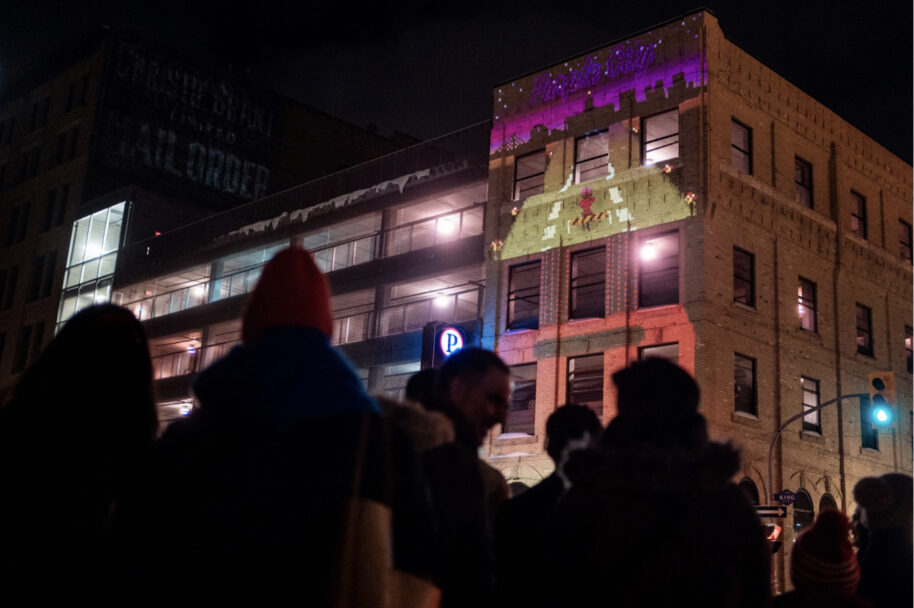
Other presenters also shared stories from their winter communities. Thompson, MB, has developed its winter economy around cold-weather vehicle testing. Churchill, MB is developing its winter tourism with aurora watching tours. And Montréal has enlivened its main streets with stations hivernales (winter stations).
However, not all stories were so positive. Sheila Watt-Cloutier, OC, author of The Right to be Cold, shared how climate change is fundamentally altering lives and livelihoods in Canada’s Far North. As the ice changes, so too does the knowledge and culture of the peoples in the Arctic. In spite of climate change, their sense of belonging and community remain steadfast, but their ways of life are changing at a pace that has never been seen before, which is an undeniable concern.
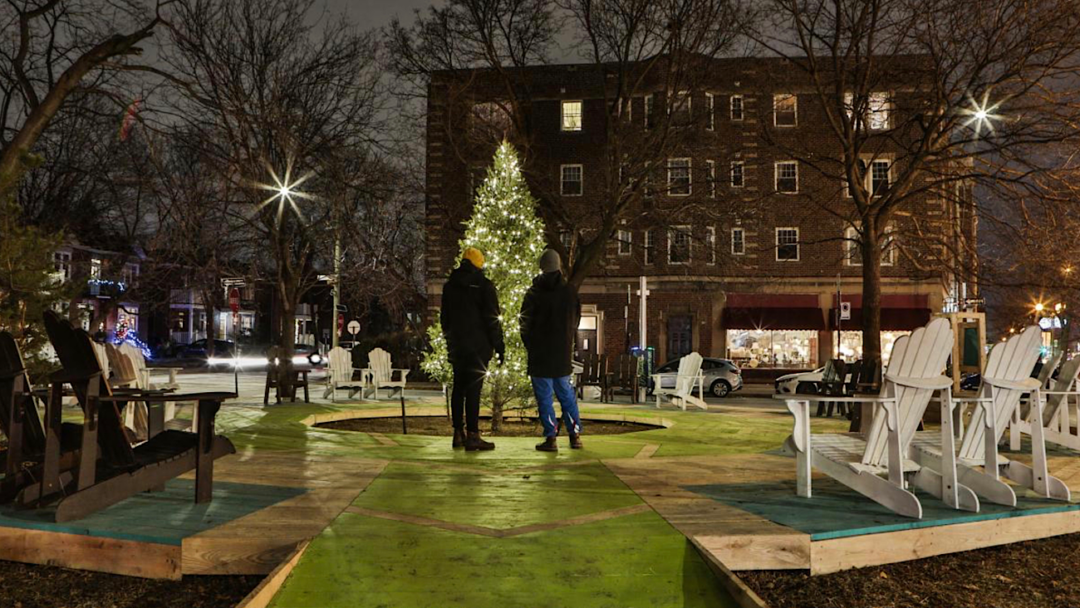
The importance of belonging and community were echoed in Meik Wiking’s presentation. Meik is the author of the well-known book, The Little Book of Hygge, and is a researcher at the Happiness Research Institute in Copenhagen. He explained that the ABCs of Mental Health are being Active, having a sense of Belonging, and Committing to something outside oneself. Adhering to these is especially important in the winter, when there are more hours of darkness and mobility can be limited for some. Celebrating winter outdoors can bring us together, but cozy, hyggelig indoor experiences are equally important.
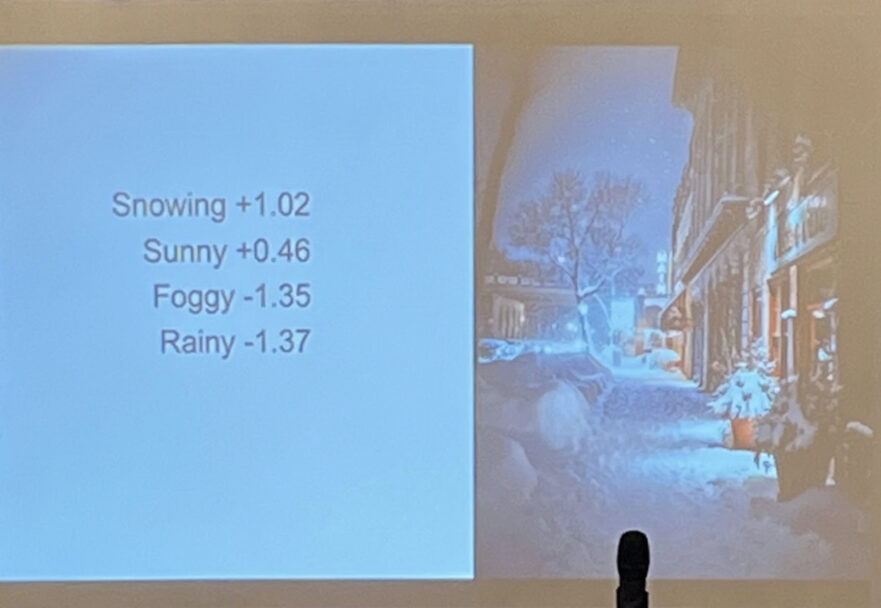
Shaking up our preconceptions and embracing winter takes effort. Edmonton hosted the first two Winter Cities Shake-Up conferences in 2015 and 2017 to reignite the conversation about designing better for winter. Since the 2019 conference in Saskatoon, four other prairie cities have created their own winter city strategies: Calgary, Beaumont, Saskatoon and Regina. I was happy to share the stage with the winter city coordinators from Calgary and Regina to share our journeys. Each city has approached their strategies differently, but we all have the same vision: embrace winter and improve daily living for all.
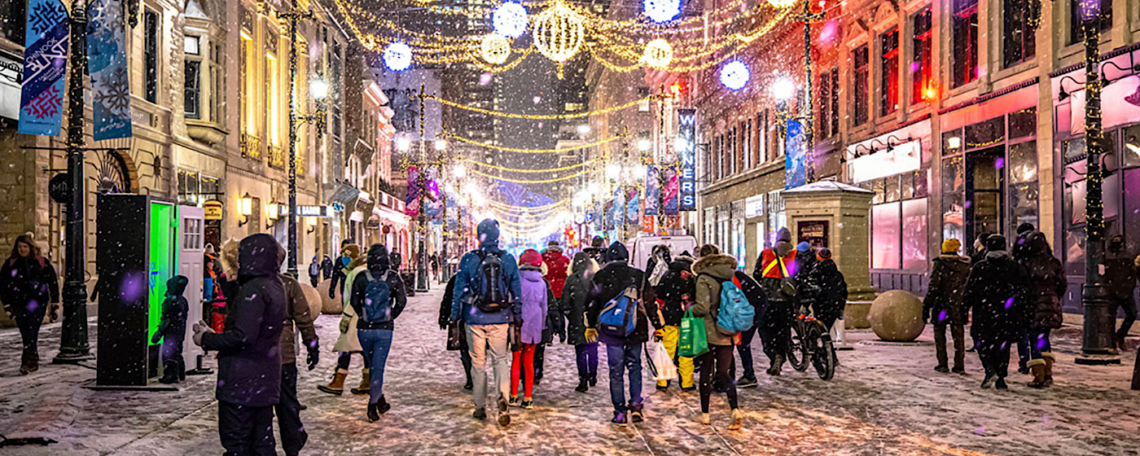
Edmonton has been on this journey for 10 years now and is seen as a leader in the winter cities movement. It was an honour to share our experiences and exciting to hear about some of the new work being done in other communities to embrace winter. I came away inspired by new ways to celebrate living in a winter city. I’m also looking forward to finding out how these conversations inspire new ways to shake up winter across the country. In the spirit of the final evening of the conference, held at the Festival du Voyageur, let’s give a big voyageur Hé-Ho! to living in a great winter city!
